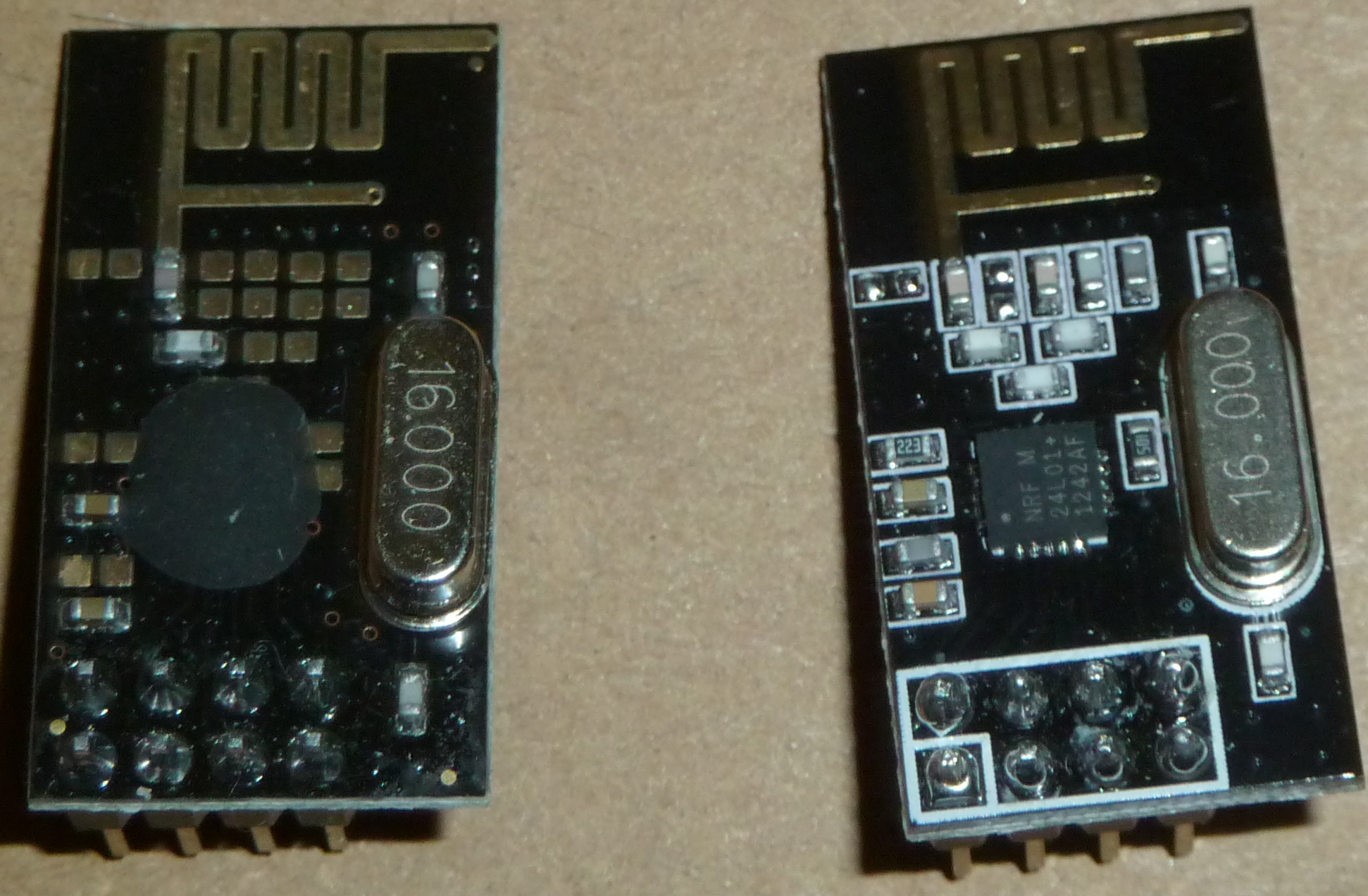Hi DeanDob
Nice to meet you (better still that you're a fellow Aussie) and congrats on implementing the 485 protocol, impedance matched balanced pairs I presume? I agree that it's so satisfying to see it all work and come together. It's another thing to commercialise ideas but that I think is ultimately where us DIY'ers want to be at some point. Where in Aus are you based? I generally visit Sydney and Canberra when in Aus.
I'm not in the electronics business at all nor am I associated with any home automation company or technology company. I would dearly love to be in evolved though

. Having missed the boat earlier in my career, I'm trying to make up for lost time I think. Also, my kid is really interested in this stuff so that has compelled me to do more.
Ok, the mesh protocol - It's really just a massive state machine with timers and latency built in. My mesh can handle 65535 nodes (theoretical limit) and is peer to peer so that it doesn't rely on a controller or the cloud to function. My swipe power switch communicates with the lights over the mesh in real-time to dim the lights and that requires some tricky coding. It's written in C and is based on a few academic papers I found that discussed ways to optimise routes and reduce packet storms. It was tricky to implement and debug but it worked but it still has a few bugs that I hope will be sorted soon. The mesh is one thing but efficient message and packet communication is really really important so I've managed to solve that one too thanks to google technology.
The trick with automation is low power and reliability... easy to say but tricky to implement. I think I've cracked it though with my modules because I get high reliability (almost guaranteed message delivery over long distances) and low power. 2.4 ghz is not low power and neither is 6loWPAN but using my gateway, the nodes appear as IPv6 devices, uniquely addressable, in the cloud through some tricky address manipulation.
The thread initiative is in my opinion poorly considered in so many ways. One issue is the minimum packet size for 6loWPAN is over 1k per message and that's definitely not low energy nor will it be effective in larger homes where range is important. In practice, sensors and actuators do not need to pass volumes of high bandwidth data (unless it's video or audio) so such high energy consumption is really a waste and will drain those batteries very quickly! The trick is to keep packet sizes really small to optimise range, reduce packet collisions, reduce energy consumption and to reduce errors.
I tried to attache an image but the over-protective forum won't let me because I'm new so I'll describe it. 1.5cm x 2.5cm in size. Frequency and power output are 915mhz with +17dbm and it's range has been tested to be 1-4km, easy at 120 milliamps per packet. It's a 4 layer board with optimised impedance on the output stages so as to maximise transmission distances, increase reception sensitivity and overall performance. It uses a Semtech SX1232 device coupled with a tuned output stage. It can be much smaller but I couldn't assemble it without machines to pick and place the components. This one was assembled by hand under a USB microscope.
I'm new to this forum so will start a thread like yours but for now I'm happy to just chat, learn and share ideas with people like you. I don't want to hijack your thread either with irrelevant information so if you think that it's getting that way, send me PM.
Regards
Trevor


